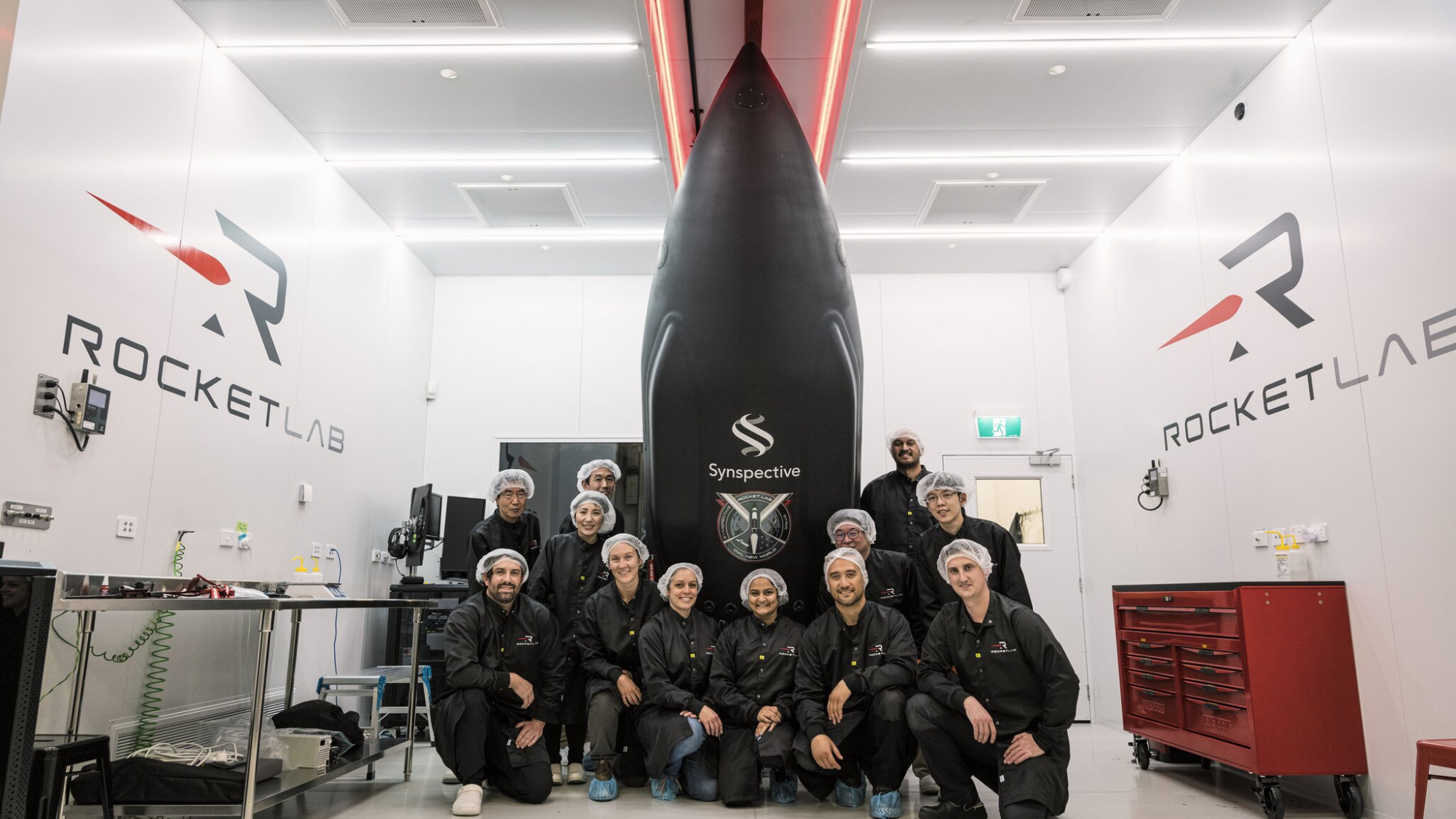Rocket Lab launches private Japanese Earth-imaging satellite to orbit (video)
The "Owl New World" mission lifted off today (Oct. 14) at 12:33 p.m. ET.
Rocket Lab launched a radar satellite for Synspective today (Oct. 14), the seventh spacecraft it has lofted for the Japanese Earth-observation company to date.
An Electron rocket lifted off from Rocket Lab's New Zealand site today at 12:33 p.m. EDT (1630 GMT; 5:33a.m. Oct. 15 local New Zealand time), on a mission called "Owl New World."
The name is a reference to the payload — one of Synspective's Strix radar-imaging satellites. (Strix is a genus of owls.)

This particular spacecraft is "the first of a new generation of satellites by Synspective for its low Earth orbit constellation that provides high-frequency, high-resolution Earth observation data for disaster response and management, national security and environmental monitoring," Rocket Lab wrote in a mission description, which you can find here.
This Strix satellite has a particularly wide frame, which spurred Rocket Lab to build a custom "arrowhead" payload fairing to accommodate it.
All went according to plan on today's launch, according to Rocket Lab: Electron deployed the Strix satellite 362 miles (583 kilometers) above Earth just over 50 minutes after launch, right on schedule.
Seven Strix satellites have reached the final frontier to date, on seven different Electron flights. All of these missions have had "owl" names: "The Owl's Night Begins," "The Owl's Night Continues," "The Owl Spreads Its Wings," "Owl Night Long," "Owl For One, One For Owl," "Owl The Way Up" and now "Owl New World."
Breaking space news, the latest updates on rocket launches, skywatching events and more!
There will be another 20 such launches after today to finish building out the constellation, according to Rocket Lab.
Today's launch was Rocket Lab's 15th of 2025 and 73rd overall to date.
Editor's note: This story was updated at 12:50 p.m. ET on Oct. 14 with news of successful liftoff, then again at 1:54 p.m. ET with news of satellite deploy.

Michael Wall is a Senior Space Writer with Space.com and joined the team in 2010. He primarily covers exoplanets, spaceflight and military space, but has been known to dabble in the space art beat. His book about the search for alien life, "Out There," was published on Nov. 13, 2018. Before becoming a science writer, Michael worked as a herpetologist and wildlife biologist. He has a Ph.D. in evolutionary biology from the University of Sydney, Australia, a bachelor's degree from the University of Arizona, and a graduate certificate in science writing from the University of California, Santa Cruz. To find out what his latest project is, you can follow Michael on Twitter.
You must confirm your public display name before commenting
Please logout and then login again, you will then be prompted to enter your display name.
